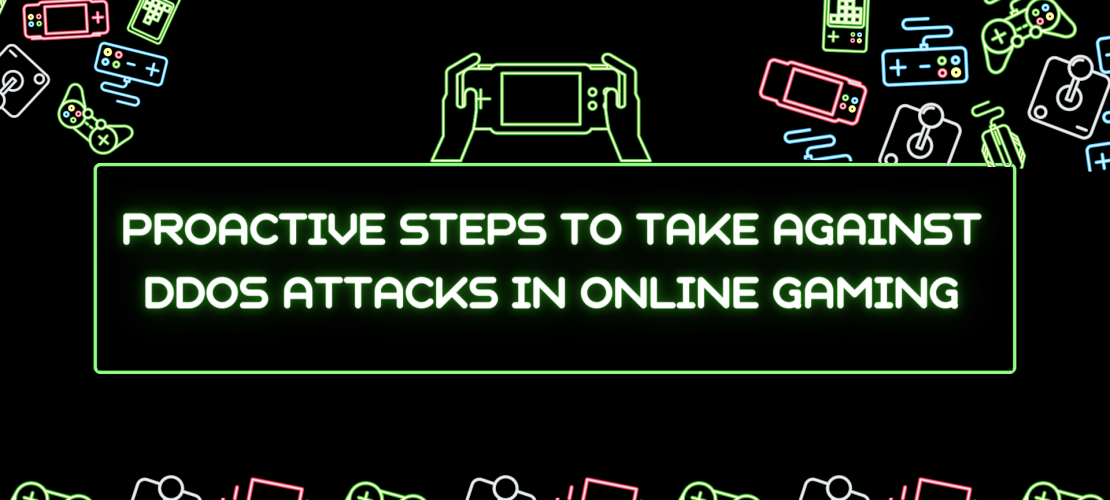Online gaming is a billion-dollar industry that has exploded in popularity in recent years. As the number of players and gaming companies continues to grow, so does the risk of Distributed Denial of Service (DDoS) attacks. These attacks can cause significant damage to online gaming companies, including loss of revenue, reputation damage, and customer churn. In this article, we’ll discuss proactive steps that online gaming companies can take to protect against DDoS attacks.
What is a DDoS Attack?
A DDoS attack is a malicious attempt to disrupt the normal traffic of a targeted server, service or network by overwhelming it with a flood of traffic from multiple sources. This flood of traffic can cause the targeted server or network to crash, rendering it unavailable to legitimate users.
DDoS attacks are usually carried out by botnets, which are networks of computers that have been infected with malware and are controlled remotely by a hacker. The attacker can use the botnet to direct a large volume of traffic to the target, causing the targeted server or network to be overwhelmed.
Proactive Steps to Take Against DDoS Attacks
Step 1: Implement Network Monitoring and Detection Tools
Network monitoring and detection tools can help identify and mitigate DDoS attacks before they cause significant damage. These tools can detect and block suspicious traffic patterns and allow administrators to take immediate action. Some examples of network monitoring and detection tools include Arbor Networks, Fortinet, and F5 Networks.
Step 2: Implement a DDoS Protection Service
DDoS protection services are designed to provide an additional layer of protection against DDoS attacks. These services use a combination of network monitoring, traffic filtering, and server hardening to protect against attacks. Some examples of DDoS protection services include Cloudflare, Akamai, and Radware.
Step 3: Conduct Regular DDoS Attack Drills
Conducting regular DDoS attack drills can help identify weaknesses in your current defenses and provide an opportunity to practice response procedures. By simulating an attack, you can identify areas that need improvement and refine your response procedures to minimize the impact of an actual attack.
Step 4: Use Multi-Factor Authentication
Multi-factor authentication (MFA) can help prevent unauthorized access to your network by requiring users to provide more than one form of authentication. This can include something you know (such as a password), something you have (such as a token), or something you are (such as a fingerprint). By requiring more than one form of authentication, you can reduce the risk of unauthorized access and potential attacks.
Step 5: Maintain Regular Security Updates and Patches
Regular security updates and patches are critical to maintaining a secure network. These updates can address vulnerabilities that could be exploited by attackers. It is important to keep your software and hardware up-to-date to ensure that you have the latest security features and fixes.
Step 6: Implement Access Control Lists
Access control lists (ACLs) can help restrict access to your network and limit the impact of an attack. ACLs can be used to block traffic from known malicious sources or to limit access to certain ports or services. By implementing ACLs, you can help reduce the risk of an attack and limit its impact.
Step 7: Use Content Delivery Networks
Content delivery networks (CDNs) can help distribute traffic across multiple servers, reducing the risk of a single point of failure. By using CDNs, you can help ensure that your site remains available even in the event of a DDoS attack.
Conclusion
DDoS attacks can have a significant impact on online gaming companies, causing revenue loss, reputation damage, and customer churn. By taking proactive steps to protect against these attacks, online gaming companies can reduce the risk of an attack and minimize its impact. Implementing network monitoring and detection tools




